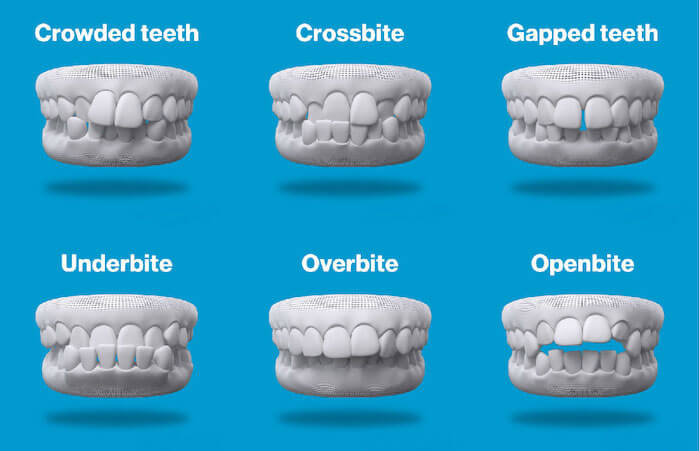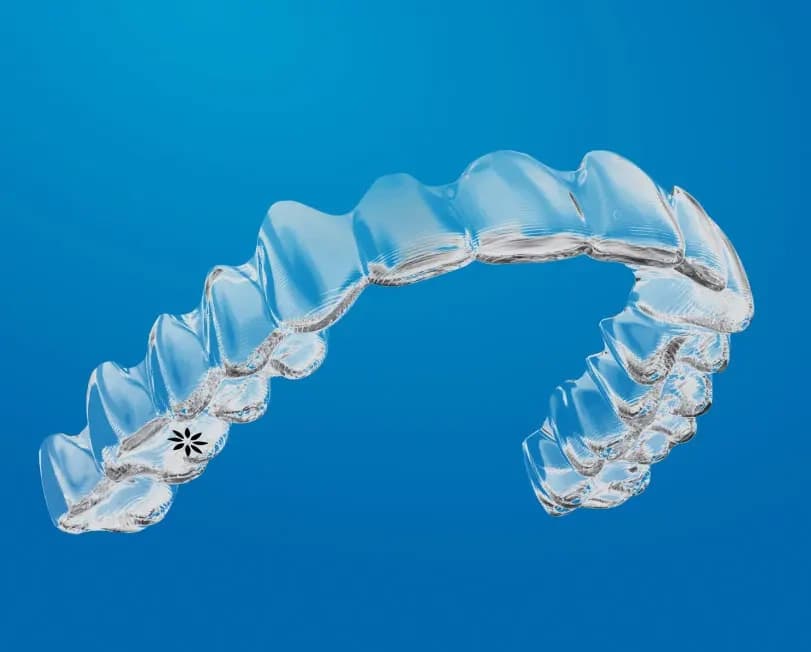The Ultimate Comparison: Invisalign vs. Traditional Dental braces for Grownups
The Ultimate Comparison: Invisalign vs. Traditional Dental braces for Grownups
Blog Article
Invisalign vs. Traditional Dental braces: Which Option Is Right for You?
When taking into consideration orthodontic treatment, the option in between Invisalign and traditional braces offers several crucial variables that warrant careful examination. Invisalign offers a discreet option with detachable aligners, while standard dental braces give a much more visible yet efficient option for serious imbalance.
Summary of Therapy Options

In contrast, standard dental braces consist of steel braces and cables that are adhered to the teeth. This technique uses constant pressure with time to achieve positioning. While effective for intricate orthodontic issues, conventional dental braces call for normal sees for changes and can position difficulties in preserving dental health due to the difficulty of cleaning up around cables and braces.
Both alternatives have their qualities, and the selection often rests on certain dental conditions, way of living choices, and patient conformity. Eventually, seeking advice from an orthodontic expert is crucial for identifying one of the most suitable therapy strategy customized to specific needs. Comprehending the nuances of each alternative can considerably affect the overall success of orthodontic therapy.
Visual Considerations
A substantial aspect influencing the option between Invisalign and conventional dental braces is the visual appeal each treatment supplies. Invisalign aligners are crafted from clear plastic, making them essentially invisible when worn.
On the other hand, traditional braces include steel brackets and cables, which can be a lot more obvious. While advancements in orthodontic modern technology have resulted in the development of smaller sized braces and colored elastics, typical braces still preserve an even more noticeable profile. For some individuals, the presence of braces may prevent them from looking for necessary therapy.
Inevitably, the option between Invisalign and standard braces may depend upon personal preferences regarding aesthetics. Patients that focus on discernment frequently lean toward Invisalign, while those that are much less worried regarding exposure might choose conventional braces. Recognizing the visual implications of each choice is crucial for making an informed choice that aligns with one's way of life and preferences.
Comfort and Convenience

In regards to convenience, Invisalign aligners are detachable, enabling individuals to enjoy their preferred foods without limitation and keep optimal oral health. Brushing and flossing are simplified, as the aligners can be gotten during these regimens, whereas traditional braces call for mindful navigating around wires and brackets.
In comparison, standard dental braces necessitate routine changes, making them much less convenient for those with active routines. In view website general, the comfort and benefit of Invisalign make it an appealing choice for many people looking for orthodontic treatment.
Therapy Period and Efficiency
While both Invisalign and traditional dental braces work in correcting dental imbalances, the duration of therapy can vary dramatically in between the two options. Typically, Invisalign therapy can take anywhere from 12 to 18 months, depending upon the intricacy of the instance. The clear aligners work by slowly shifting teeth right into their preferred positions, and normal follow-ups with an orthodontist help ensure progress stays on course.
On the other hand, conventional braces frequently need a longer dedication, normally varying from 18 months to three years. This is because of their set nature and using braces and wires, which can be a lot more efficient for complex cases and serious imbalances (Invisalign). The therapy effectiveness of conventional dental braces is well-documented, as they enable specific changes and greater control over tooth motion
Inevitably, the choice between Invisalign and conventional braces might pivot on both the anticipated treatment duration and the specific dental issues handy. Consulting with an orthodontist is critical, as they can give customized suggestions based on individual demands, ensuring the selected technique straightens with wanted results and timeframes.
Price Comparison and Insurance Choices
Expense plays a considerable duty in the decision-making procedure for people thinking about orthodontic therapy, whether going with Invisalign or traditional dental braces. On average, the cost of Invisalign ranges from $3,000 to $8,000, while traditional dental braces commonly cost in between $2,000 and $6,000. Aspects influencing these expenses consist of the intricacy of the case, the period of treatment, and geographical location.
Numerous dental insurance coverage strategies provide partial protection for orthodontic therapies, yet the specifics can differ widely. Typically, standard dental braces might be much more often covered by insurance coverage strategies contrasted to Invisalign, which some insurance firms classify as a cosmetic procedure.
Furthermore, a number of orthodontic techniques offer flexible layaway plan, making both treatment choices more available. People must make inquiries about possible funding alternatives and price cuts for ahead of time settlements. Evaluating the total cost, consisting of insurance policy advantages and layaway plan, is necessary for making a notified decision that aligns with both visual choices and budget plan considerations.

Final Thought
In recap, the option in between Invisalign and conventional dental braces depends upon multiple aspects, including aesthetic choices, convenience, treatment duration, and expense. Invisalign provides a very discreet, detachable option that promotes oral health and dietary adaptability, while conventional braces might be preferable for intricate dental concerns and commonly come with a lower cost factor. Ultimately, examination with an orthodontist is necessary to examine private scenarios and identify the most appropriate treatment option for accomplishing optimum oral alignment.
When taking into consideration orthodontic therapy, the choice in between Invisalign and conventional braces provides a number of crucial elements that merit careful analysis.Contrasting Invisalign and traditional braces reveals distinct treatment alternatives for orthodontic adjustment.While both Invisalign and standard dental braces are more helpful hints efficient in remedying oral misalignments, the duration of therapy can differ considerably between the two options.Cost plays a significant role in the decision-making process for individuals thinking about orthodontic treatment, whether opting for Invisalign or traditional dental braces.In recap, the option between Invisalign and traditional braces pivots on numerous variables, consisting of visual preferences, discover this info here convenience, therapy period, and price.
Report this page